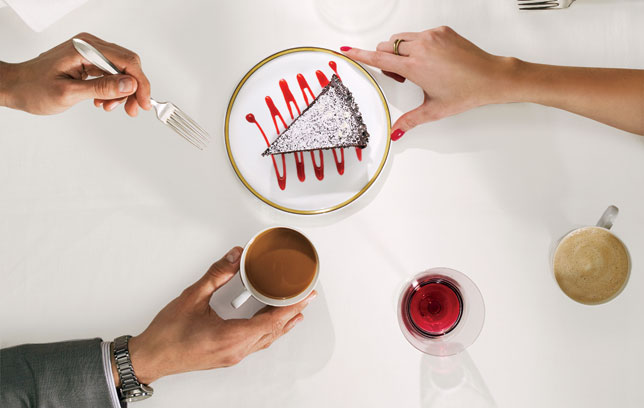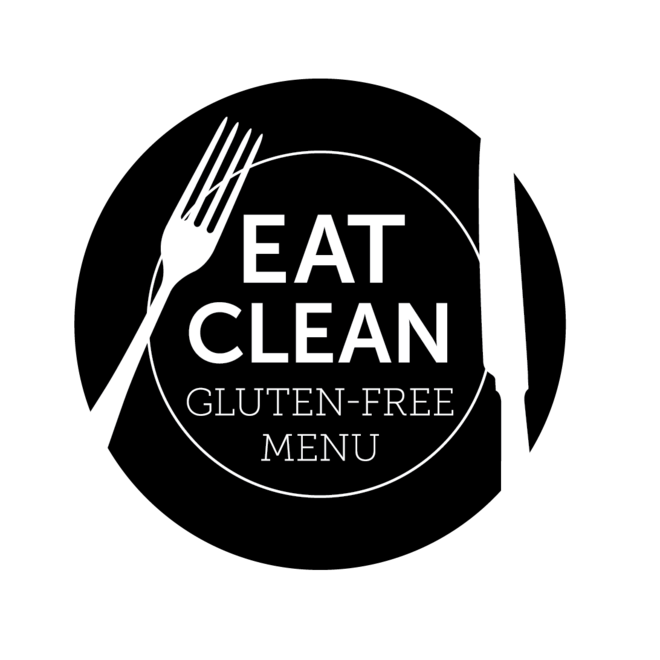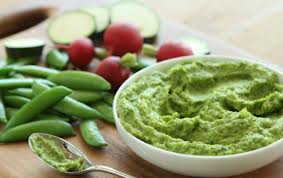Understanding Sugars:
OVERVIEW
Research suggests that consuming sweet foods can short-circuit your appetite's wiring, making you crave more sugary foods and eat more in general. This list, created with help from nutritionist Kathleen Melanson, Ph.D., R.D., reveals which sweeteners and sugars pack the biggest punch. (Each number represents the amount of times sweeter than sucrose it is.)
.16: LACTOSE
Though it doesn't taste sweet, lactose is still technically a sugar. It's a combination of two sugar building blocks, glucose and galactose.
Found in: milk and dairy products.
.75: GLUCOSE
The same type that's in blood sugar, glucose fuels your muscles and brain. It's a simple sugar, meaning its a part of complex sugars, such as sucrose and HFCS.
Found in: sports drinks, honey, agave nectar.
.92: HFCS-42
Pure corn syrup is 100 percent glucose; this adulterated version is 42 percent fructose, 58 percent glucose.
Found in: baked goods, processed foods, sweetened drinks, and soups.
1: SUCROSE
You know this stuff as table sugar. It's a 50-50 glucose-fructose combination and is usually derived from sugar cane or sugar beets.
Found in: a wide range of processed foods and beverages.
1.1: HFCS-55
This HFCS variation has a 55:45 fructose-to-glucose ratio. Because of the higher fructose content, it's sweeter than HFCS-42.
Found in: soft drinks, mainly, but also baked goods and soups.
1.4: FRUCTOSE
A simple natural sugar found in fruit, fructose ranges from 1.2 to 1.75 on our sweetness scale, depending on the kind of fruit.
Found in: fruits and other sugars like HFCS, honey, and agave.
1.6: HONEY
This natural blend of fructose and glucose is slightly sweeter than table sugar and is a better source of antioxidants and nutrients.
Found in: some breads, granola bars, pretzels, and cereals.
1.6: AGAVE
This fructose-glucose syrup is derived from the same plant that yields tequila. It's high in fructose, containing up to 90 percent.
Found in: cocktails; it's also used in coffee as a sweetener.
200: ASPARTAME
Sold as Equal Original or NutraSweet, low-calorie aspartame is made by combining two amino acids.
Found in: many sugar-free products, including diet sodas and low-cal yogurts.
250: STEVIA
A zero-calorie natural sweetener made from the dried leaves of a South American shrub.
Found in: smoothies labeled "no sugar added" (it's not a sugar), coffee sweeteners, and diet drinks.
300: SACCHARIN
That pink packet of Sweet'N Low is saccharin, a concoction of sulfur and other complex chemicals.
Found in: some restaurant fountain drinks with aspartame (it increases its stability).
600: SUCRALOSE
Sold as Splenda, it's formulated from chlorine atoms that are substituted for hydrogen-oxygen groups in ordinary sugar.
Found in: many low-calorie desserts and beverages.
- Prev:Lose Your Gut
- Next:4 TASTY Halloween Alternatives
-
9 Ingredients to Supercharge Your Smoothies
Smoothies are one of the greatest quick, super convenient meals for th
-
Americans Ate a TON of Food Last Year!
So in case you havent noticed, Americans are overweight. Now clearly t
-
How Exercise Burns Body Fat
Not long ago I found myself in a situation you can probably identify w
-
Use Brain Power to Burn Fat
Imagine if you had the power to control what your body does with the c
-
Abs Diet: Total Body Exercise
Whether it’s duct tape or WD-40, most of us like anything that c
-
The Worlds Most Powerful Eating Strategies
Every nation has its weapons in the nutrition wars. For the Chinese, i
- DON'T MISS
- Abs Diets healthy holiday menu
- Get Rid of Belly Fat:
- Belly Off! 2008: 5 More Lunches:
- Weight Loss: Abs Diet Breakfast Recipes
- How to Buy Healthy Food
- Weight Loss Success Stories: Inspiration
- Abs Diet Muscle-Building Workouts
- The TRUTH About Fasted Cardio
- Diet Strategies: TV and Childhood Obesity
- Abs Diet: Chest Muscle-Building




